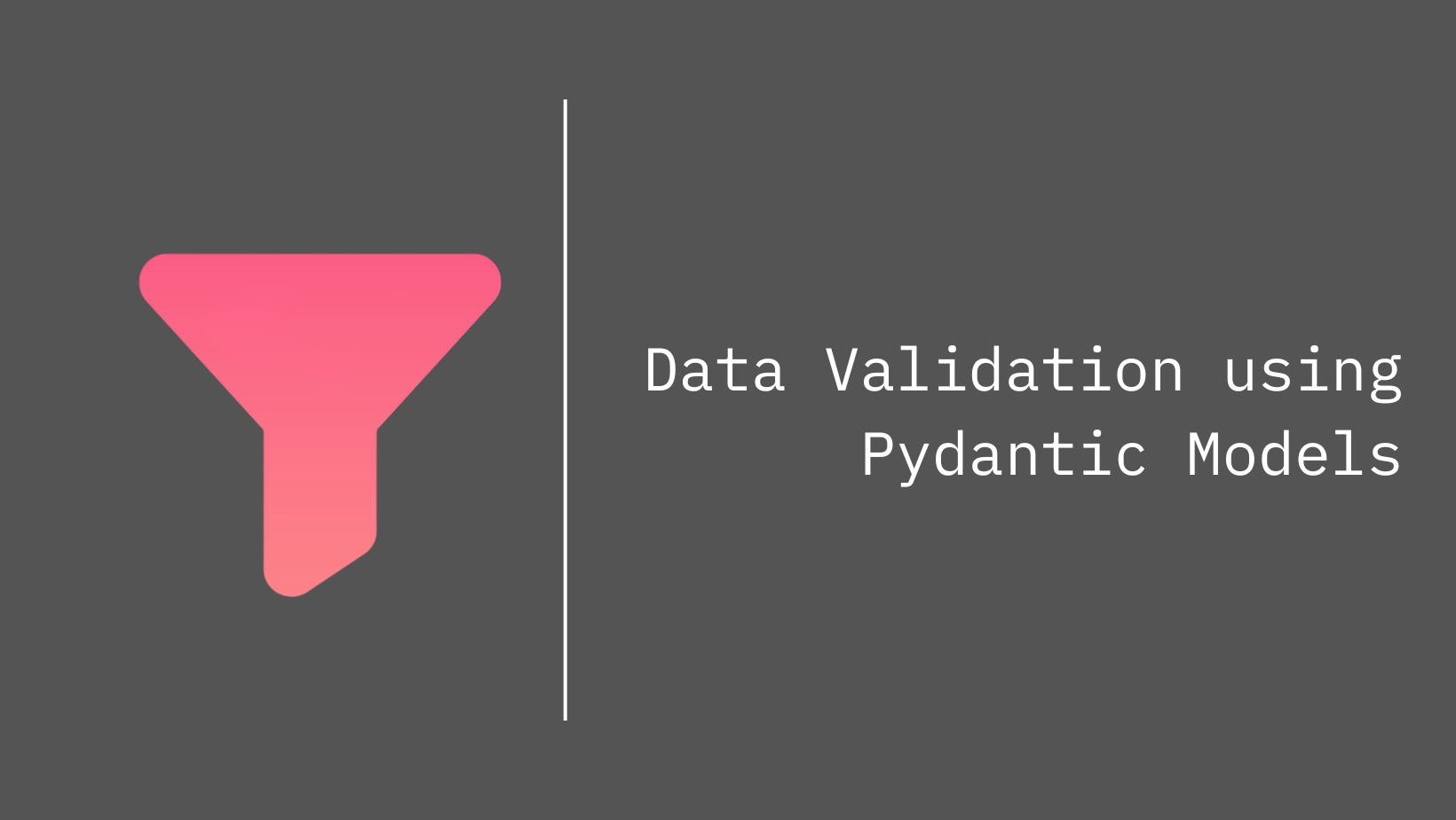Data Validation using Pydantic Models

In the realm of automation, scripts often thrive on the variables they receive. These variables determine the actions the script will perform. However, if a script encounters a variable in a format or data type it doesn't expect, it might throw an error with a message that's about as clear as mud. This is where data validation comes into play.
Validating the data passed to a script is like giving it a road map to success. It ensures that the script knows what to expect and how to handle it. Whether the data is coming from another script or an end device, validation helps prevent those cryptic error messages and keeps your automation journey smooth sailing.
What is Data Validation?
Data validation is like the gatekeeper of your data world—it's all about ensuring that the data you're dealing with is accurate, reliable, and fits the requirements of whatever you're trying to do with it. Think of it as quality control for your data before you start using it in your programs or analyses. There are various ways to validate data depending on what you need it for and what rules it needs to follow. And that's where pydantic swoops in Continue reading



